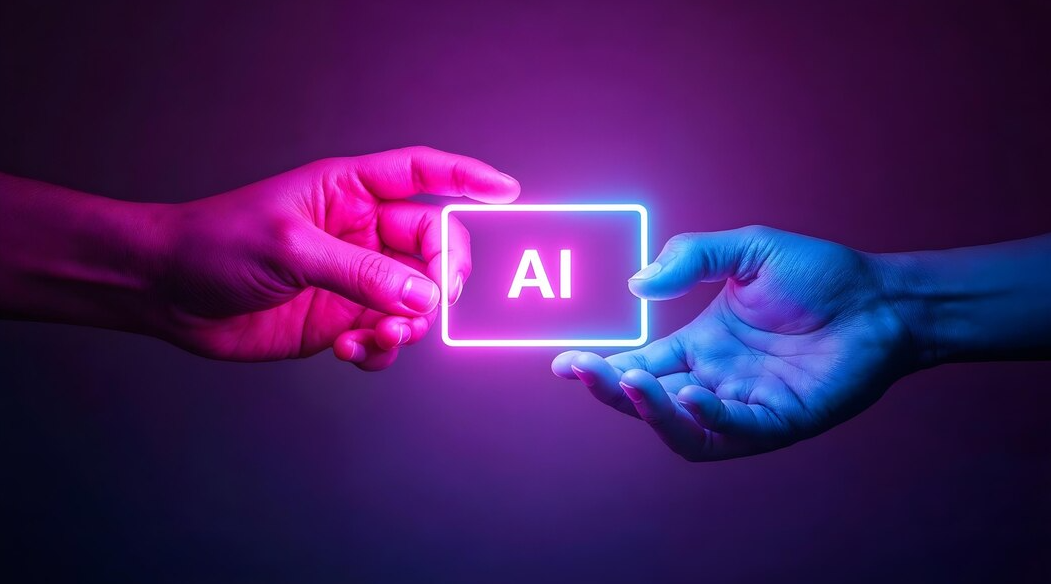The simple phrase “logo creator” conjures vastly different images depending on the era. Once, it exclusively referred to the solitary artisan—a calligrapher, an illustrator, a graphic designer hunched over a drawing board, meticulously hand-crafting every curve and line. Today, the notion of a logo creator has profoundly evolved, encompassing not just human hands, but sophisticated software and increasingly, intelligent algorithms. This evolution isn’t merely about new tools; it’s a fundamental redefinition of who, or what, can be a “creator” of a brand’s most iconic symbol.
This journey from individual craftsmanship to algorithmic assistance reflects humanity’s continuous quest for efficiency, accessibility, and new forms of creative expression.
The Artisan’s Era: Skill, Intuition, and the Singular Vision
For centuries, the logo creator was unequivocally a human being, a skilled professional whose expertise was honed through years of training and experience. Whether it was a medieval merchant’s mark, a printer’s colophon, or an early 20th-century corporate emblem, each logo was the product of a singular artistic vision and manual dexterity.
The hallmarks of this era’s logo creator included:
- Deep Craftsmanship: Mastery of drawing, typography, color theory, and print processes.
- Intuitive Understanding: The ability to translate abstract brand values into visual metaphors through subjective human interpretation.
- Strategic Limitation: Creativity flourished within the bounds of available tools—pen and ink, paint, printing presses.
In this age, the logo creator was an artist and a technician, their identity inextricably linked to the physical act of creation.
The Digital Revolution: Software as the Amplifying Hand
The advent of personal computers and graphic design software in the late 20th century marked the first major shift. Tools like Adobe Illustrator transformed the logo creator from someone reliant on physical media to a digital artist. The “hand” evolved from holding a pen to manipulating a mouse and keyboard.
This digital era brought:
- Unprecedented Precision and Versatility: Vector graphics allowed for infinitely scalable logos, crucial for the burgeoning digital age.
- Efficiency and Iteration: Software drastically sped up the design process, making revisions and variations far easier.
- Expanded Creative Possibilities: Digital tools opened up new avenues for complex gradients, intricate shapes, and dynamic effects that were difficult or impossible manually.
The digital logo creator remained human, but their capabilities were immensely amplified by the computational power now at their fingertips. The software became an extension of their creative will.
The Algorithmic Ascent: AI as the Generative Hand
The latest and most disruptive evolution sees artificial intelligence emerge as a potent force in the role of the logo creator. AI logo generators, fueled by machine learning and vast datasets of existing designs, can now, with a few text prompts, conjure a multitude of logo concepts in seconds.
Here, the “hand” becomes algorithmic, leading to:
- Democratization of Access: Anyone, regardless of design skill or budget, can now initiate the logo creation process.
- Hyper-Efficient Ideation: AI excels at exploring a massive design space, offering unexpected combinations and variations that can spark human creativity.
- Objectivity (and its limits): AI generates based on learned patterns, devoid of subjective bias, though it can inadvertently perpetuate design trends or stylistic commonalities if not guided.
This shift raises profound questions about authorship: When an algorithm generates a logo, who is the true logo creator? Is it the AI, the programmer who coded it, or the user who provided the prompt?
The Modern Logo Creator: A Symbiotic Architect
In 2025, the definition of a logo creator is no longer singular; it’s a dynamic interplay. The most effective modern logo creator is often a symbiotic architect – a human designer leveraging AI as an intelligent assistant, a tireless brainstormer, and a rapid prototyping engine.
- Human as Visionary: The human retains the crucial role of strategic thinking, understanding brand identity, target audience, and emotional resonance—qualities AI cannot fully replicate.
- AI as Explorer: The AI explores a vast universe of possibilities based on human input, presenting raw ideas.
- Human as Curator and Refiner: The human then selects the most promising concepts, refining them with their intuition, artistic judgment, and a deep understanding of what makes a logo truly impactful and unique.
The logo creator of today embraces this collaborative paradigm. They are no longer just wielders of tools, but orchestrators of intelligent systems, blending their unique human creativity with the boundless generative power of algorithms. This fusion promises a future where logo design is not only more efficient and accessible but also pushes the boundaries of visual communication in ways previously unimagined. The hand that creates the logo has indeed evolved, becoming a complex, fascinating blend of human ingenuity and artificial intelligence.
Keep an eye for more latest news & updates on discovertribune!




